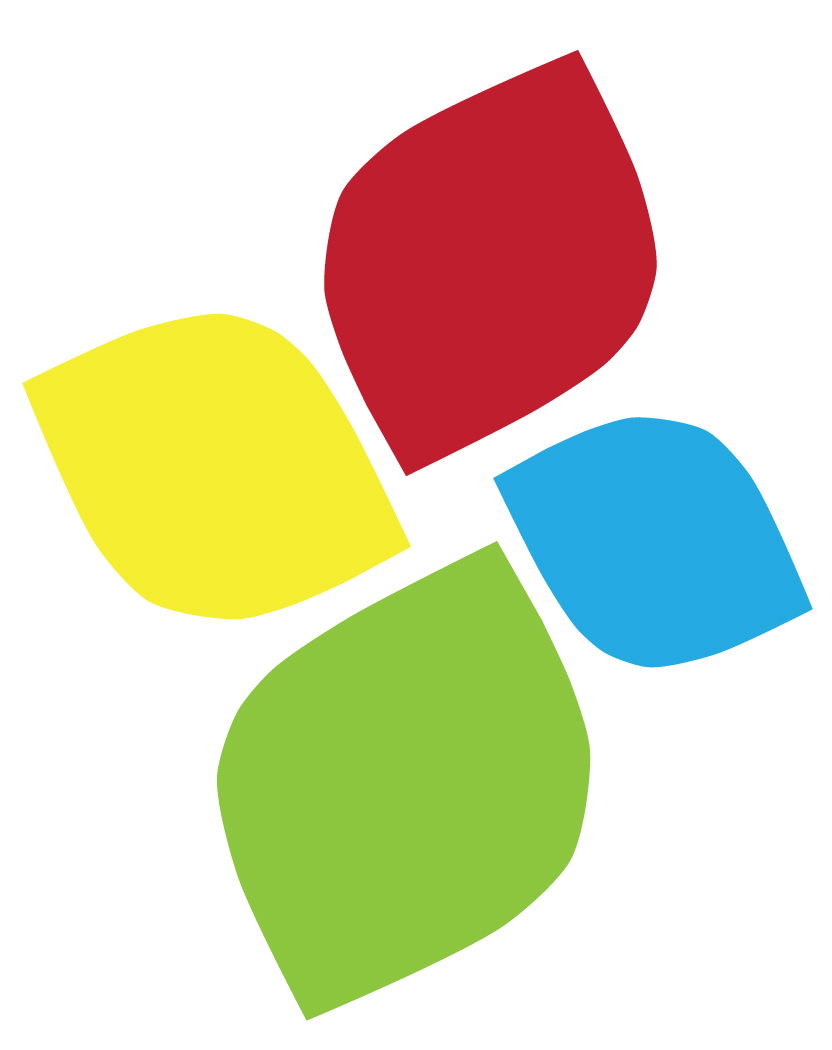What is AAC?
What is AAC?
An estimated 3.5 million Americans experience speech disability to the extent that they have significant difficulty being understood by others. Many of these people have no speech at all and also have other physical disabilities that preclude expressive communication using gestures, writing, or typing.
Augmentative and alternative communication (AAC) is a field of endeavor addressing the communication and other related needs of individuals who experience significant and complex communication disorders. The goal of AAC is to achieve the most effective communication possible for the individual in order to maximize their potential and lead the highest quality of life possible. Aspects of this field include clinical service delivery, education, research and advocacy. Individuals who benefit from AAC intervention frequently require assistive technology such as Speech Generating Devices (SGDs), the term used by the Centers for Medicare and Medicaid Services (CMS) as a funding category of Durable Medical Equipment.
In addition to individuals who require AAC, other stakeholders include family members, friends, caregivers, clinical professionals such as speech language pathologists, occupational therapists, physical therapists, assistive technology specialists, rehabilitation engineers, teachers, employers, and other members of the community. Other professionals and stakeholders in the field of AAC who actively work to improve the quality of life for people who rely on AAC include the AAC manufacturers, industry associations, and human service agencies and agencies that provide funding for systems and services.
“Augmentative and alternative communication (AAC): 1) The supplementation or replacement of natural speech and/or writing using aided and/or unaided symbols…The use of aided symbols requires a transmission device. 2) The field or area of clinical/educational practice to improve the communication skills of individuals with little or no functional speech.”
(Lloyd, L.L., Fuller, D.R., & Arvidson, H.H. (1997) Augmentative and Alternative Communication: A handbook of principles and practices. Boston: Allyn and Bacon. pg 524)
Augmentative and Alternative Communication Device: Computer and non-computer based electronic devices that provide individuals whose natural speech is not functional with a means of communication. Such technology is evaluated and recommended based on the software, hardware and peripheral features that are matched to an individual’s abilities and daily needs.
Augmentative and Alternative Communication boards: Non-electronic and non-computer based displays that provide individuals whose natural speech is not functional with a means of communication using a manual board. Manual communication boards may employ graphic picture symbols and/or alphabet-based methods to generate messages using direct selection, eye gaze and/or partner-assisted scanning techniques that are matched to an individual’s abilities and daily needs.
The above definitions are reflected in various AAC Institute resources and publications including content in our Self-Study Program.

